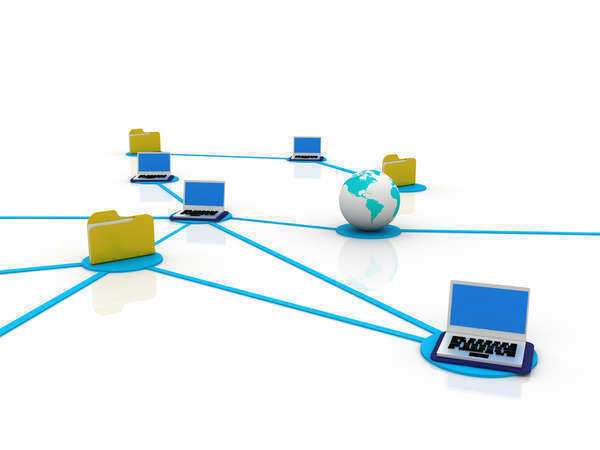
Electronic funds transfers are relatively recent developments, only cropping up in the second half of the twentieth century, but they have since grown in importance with the continued development of communications technologies. The basic defining characteristic of an electronic funds transfer is that it involves the transfer of funds electronically, as opposed to through the use of paper documentation. An electronic funds transfer would involve the use of some computer-based system, and would likely involve no transfer of actual, physical cash, instead consisting of a transfer of money as a recorded figure, as electronic funds.
An early electronic funds transfer would likely have involved a credit card, as credit cards became electronic and, therefore, more protected. Such an electronic funds transfer might also have involved the telephone, with one individual granting a company the necessary information over the phone in order to perform the transaction.
Communications technologies were very different than they are today at the time at which electronic funds transfers were growing in use, as is evidenced by the Electronic Funds Transfer Act of 1978. While this Act is still in effect today, the fact that it was implemented in 1978 is telling, as the technologies allowing for an electronic funds transfer would have been substantially different in 1978 than they are today.
Today, and into the future, an electronic funds transfer will most likely be performed over the Internet. More and more, Internet commerce is becoming commonplace and an important part in our overall economy. It allows businesses to gain customers in parts of the country they might never have reached otherwise, which is a significant boost to overall economic processes. As such, performing transactions without the use of an electronic funds transfer would be nigh impossible.
Doing so would involve mailing a check or some other form of physical documentation to the company, which would take time and would risk the check being lost in the mail. Furthermore, the processing of individually received checks would also take a great deal of time, and as a result, the overall business speed would be bogged down substantially. Such a business would likely collapse in on itself.
But with the use of an electronic funds transfer for all transactions, a company can profit from quick, secure transactions which allow it to process orders with much greater speed and accuracy. This is the state of America, and the world today as consumers can order almost anything they want from almost anywhere in the world through the simple use of an electronic funds transfer.
There are many other types of electronic funds transfer besides transfers made through the Internet which are still important. Every use of a credit or debit card, for example, counts as an electronic funds transfer, and because those cards are much easier to carry than cash, they are seeing significantly more use than cash in the modern world.
Furthermore, businesses use wire transfers, a type of electronic funds transfer, consistently in much the same fashion that consumers use electronic funds transfers to purchase items online. Electronic funds transfers play an integral role in our world today, and this is likely to only become more pronounced in the future.






























